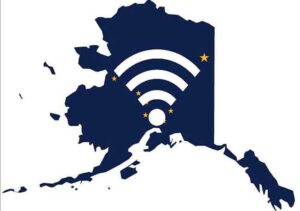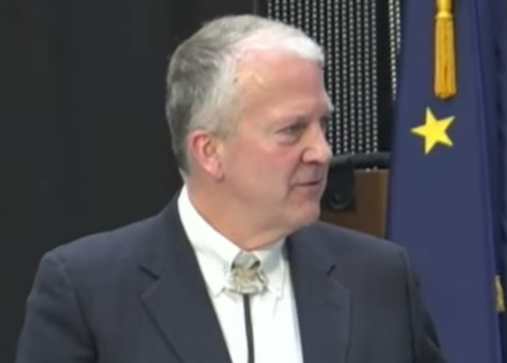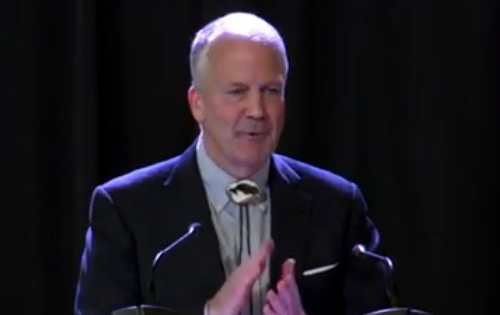 Throughout my life, my grandma, Mary Jane Fate, imparted the importance of education on my brothers and me. We understood early on that education is the means through which we can make a difference in the world. She led by example, and I’ve carried this message with me each and every day.
Throughout my life, my grandma, Mary Jane Fate, imparted the importance of education on my brothers and me. We understood early on that education is the means through which we can make a difference in the world. She led by example, and I’ve carried this message with me each and every day.
Education looks very different today than it did 50 years ago. We can no longer rely solely on pen and paper to learn. The way we learn is influenced by technology, which is evolving at an unprecedented rate, meaning education is too. In today’s world, the internet is synonymous with opportunity. Jobs are posted online, and the many skills that jobs require can be learned online too — especially in science, technology, engineering, and math. It’s true that access to a reliable and fast internet connection has a direct impact on community growth and the future success of our youth, which has been proven during this unprecedented time.
The COVID-19 pandemic has put a spotlight on the inequity of the digital divide between rural Indigenous communities and the rest of America. Children and their families have struggled with distance education because of low or no internet connection in some areas. News outlets across the state have reported on the challenges of low and no-tech education options and the frustration of engaging rural students through paper-based lessons.
When it comes to high-speed internet access, rural Alaska communities are lagging behind. According to the Federal Communications Commission (FCC) less than 60% of people living on Tribal Lands have access to broadband compared to 97% of Americans living in urban areas. That is about to change.
Alaska Native Tribes and Tribal entities have a once in a lifetime opportunity to claim their internet sovereignty. In February, the FCC opened a priority window for federally recognized Native American Tribes and Alaska Native villages to claim the unlicensed Educational Broadband Service spectrum on their lands at no cost to them. Licenses for the 2.5 GHz spectrum helps Tribes establish and expand high-speed internet access. If Tribal entities don’t apply for the licenses for these airwaves by August 3, 2020, they will be auctioned off by borough to the highest bidder.
The FCC’s Tribal rural priority window opens the way for Alaska Native Tribes to close the digital divide in their communities. It is also an opportunity for them to plan and integrate permanent solutions that will build a brighter future for the next seven generations. The rural digital divide is surmountable, because almost all of Alaska has unlicensed 2.5 GHz airwaves so Tribes can claim that spectrum over their own lands for free.
[content id=”79272″]
In partnership with MuralNet and the Google American Indian Network, Tribal25.com is providing assistance at no cost to Tribes by guiding them through the process of submitting their applications to the FCC to claim the 2.5 GHz broadband spectrum.
These organizations are ready to assist Alaska Native Tribes with applications, waivers, shapefiles, and the submission of the application so they can claim this valuable natural resource. For more information and to schedule an appointment for a consultation, visit www.tribal25.com or call 702-608-4279.
Students without internet access at home are losing out and may be left behind. It’s time for every home in Alaska to have equal access to the internet so that children aren’t left behind as technology continues to evolve. Reliable, fast-speed internet must be viewed as an integral part of self-reliance. The internet and our own building capacity benefit all Alaska Native peoples and reduces dependence on institutions outside of our communities.
Alaska Native Tribes must act fast to claim their broadband spectrum and ensure that no Alaskan child is left behind in the digital divide.
Ben Fate Velaise works in People Operations at Google and is part of the Google American Indian Network Leadership Council. He is a Doyon, Limited shareholder. His family is from Fairbanks.







